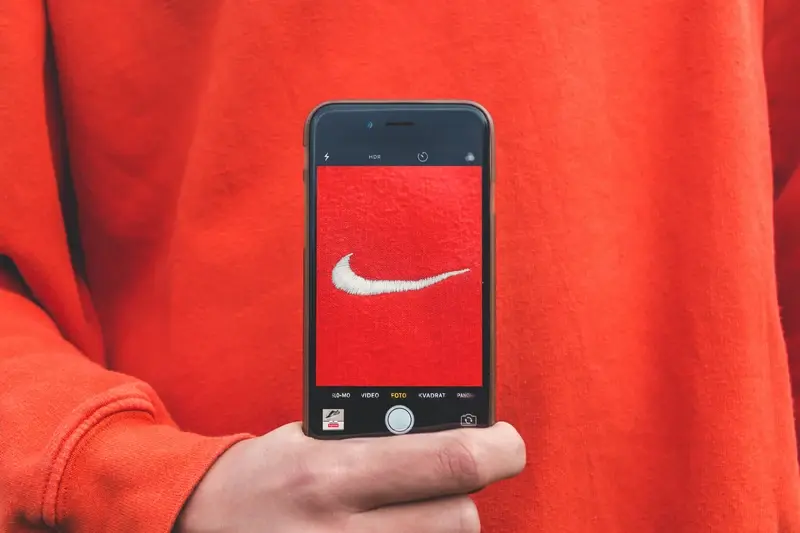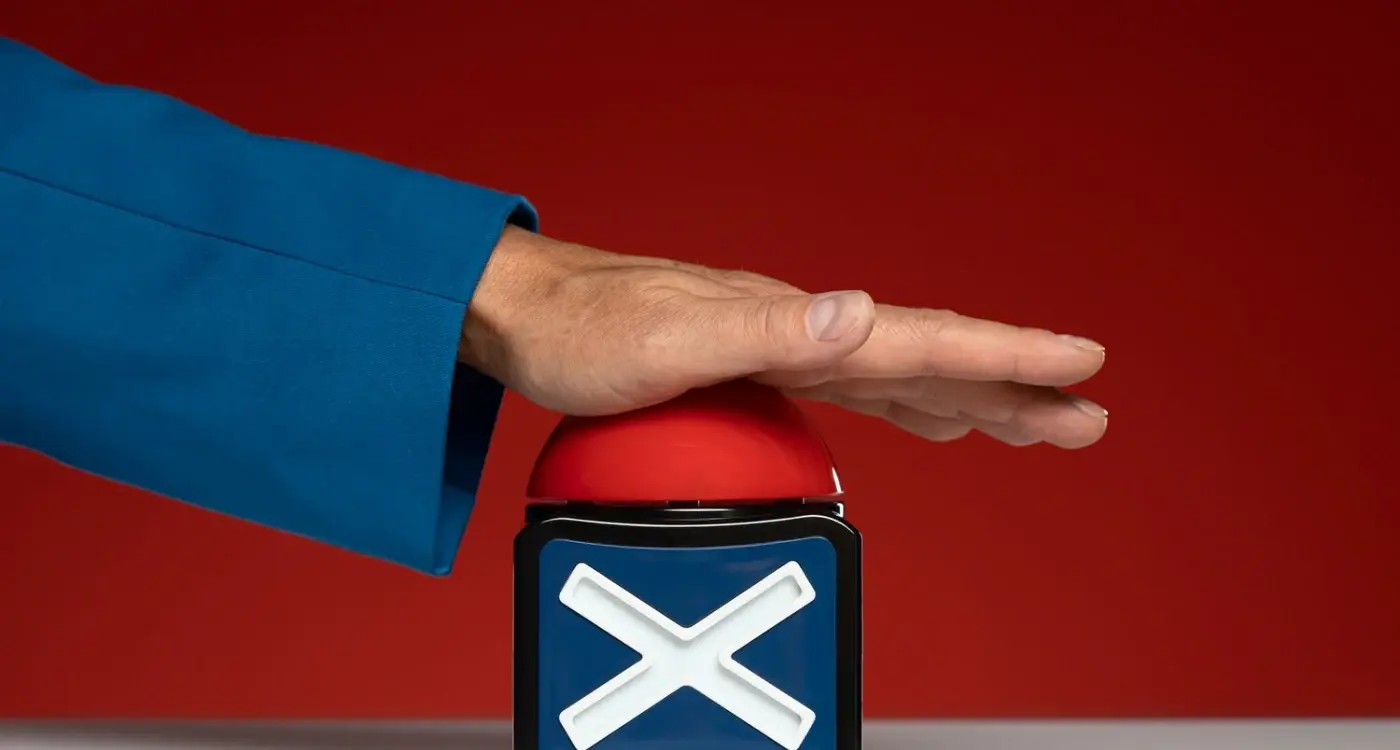What Are the Mistakes Startups Make When Building Their First App?
Nine out of ten startups fail. That's a sobering statistic that becomes even more concerning when you consider that many of these failures could have been prevented. Having worked with countless startups over the years, I've noticed a pattern—the same mistakes keep cropping up again and again, particularly when it comes to building their first mobile app.
The allure of creating the next big app is undeniable. We've all heard the stories of overnight successes, apps that seemingly appeared from nowhere and captured millions of users. But what we don't often hear about are the countless startup app mistakes that happen behind the scenes, the development pitfalls that can derail even the most promising ideas before they ever reach the app store.
The most expensive mistake you can make is building something nobody wants, and unfortunately, it's also the most common one
These common errors aren't just minor hiccups—they're fundamental flaws that can sink a startup entirely. From rushing through the planning phase to ignoring user feedback, these startup failures follow predictable patterns. The good news? Most of these mistakes are completely avoidable if you know what to look for. This guide will walk you through the most frequent pitfalls and, more importantly, how to sidestep them entirely.
Not Understanding Your Users
Here's something I see time and time again—startups building apps for themselves rather than their actual users. They get so excited about their brilliant idea that they forget to ask the most basic question: who is this actually for? I've watched countless founders spend months perfecting features that nobody asked for, whilst completely missing what their users actually need.
The mistake usually starts early. Someone has a problem, thinks "there should be an app for this," and jumps straight into building without talking to anyone else. They assume everyone thinks like them, has the same problems, and wants the same solutions. But here's the thing—they don't.
Who Are Your Real Users?
Before you write a single line of code, you need to know exactly who will use your app. Not just "people aged 25-45" but real, specific people with real problems. What do they do for work? How do they spend their free time? What other apps do they use? What frustrates them about existing solutions?
Test Early and Often
The best way to understand your users is to talk to them—not just once, but constantly. Show them rough sketches, ask them to try early versions, watch how they actually use your app. You'll be surprised how differently people behave compared to what you expected. This feedback will save you from building something nobody wants, which is why validating your app idea before spending money is so crucial.
Skipping the Planning Phase
I can't tell you how many times I've had clients ring me up saying "we need to start coding tomorrow" without having a clue what they actually want to build. It's like trying to build a house without blueprints—you might end up with something that looks like a building, but good luck living in it!
Planning isn't just about making pretty wireframes (though they help). It's about understanding your users, defining your features, and mapping out how everything connects. When startups skip this step, they end up changing direction every few weeks, which costs time and money.
What Should You Plan?
Before writing a single line of code, you need to nail down these basics:
- User journeys and how people will move through your app
- Core features that solve your users' main problems
- Technical requirements and third-party integrations
- Content strategy and what information you'll need
- Timeline and budget constraints
Without proper planning, you're basically throwing darts in the dark. Sure, you might hit the target occasionally, but you'll waste a lot of darts in the process. Trust me, spending a few weeks planning upfront will save you months of headaches later.
Create a simple one-page document outlining your app's purpose, target users, and top three features before any development begins.
Building Too Many Features at Once
This is probably the mistake I see most often when working with first-time app builders. They get so excited about their idea that they want to pack everything into version one. Every bell, every whistle, every feature they can think of—it all goes on the list. I get it, I really do. When you're passionate about something, you want to share all of it with the world straight away.
But here's what happens when you try to build everything at once: your app becomes confusing, expensive, and takes forever to launch. Users open it up and don't know where to start. They're overwhelmed by buttons and menus and options they don't understand. Within seconds, they're closing your app and moving on to something simpler.
Start with Your Core Value
The smartest approach is to identify the one thing your app does really well—your core value—and build that first. Instagram started as a photo-sharing app. Twitter was just about posting short messages. They didn't try to do everything from day one; they focused on doing one thing brilliantly.
Once you've nailed that core feature and people are using it, then you can start adding more. This approach saves you money, gets you to market faster, and gives you real user feedback to guide your next steps. Trust me on this one—less is definitely more when you're starting out.
Ignoring the Technical Foundation
I've watched countless startups get so excited about their app idea that they completely overlook the boring technical bits—and trust me, it never ends well. The technical foundation is like the invisible backbone of your app; nobody sees it, but without it, everything falls apart. When startups skip this part, they're setting themselves up for months of headaches and expensive fixes down the line.
Scalability Planning
Most founders think about today's users but forget about tomorrow's growth. Building an app that works for 100 users is very different from one that needs to handle 10,000. If you don't plan for scalability from the start, you'll hit a wall fast—your app will slow down, crash, or worse, completely break when you need it most.
Security Considerations
Security isn't something you can bolt on later; it needs to be baked into your app from day one. I've seen startups launch with basic password protection and think they're sorted, only to discover they're vulnerable to common attacks.
The foundation you build today determines whether your app can grow tomorrow or crumbles under pressure
Choose your tech stack wisely, plan for growth, and yes, budget for proper security. Your future self will thank you when your app can actually handle success instead of buckling under it.
Rushing the Testing Process
I'll be honest with you—testing isn't the most exciting part of app development. After months of building features and seeing your vision come to life, the temptation to skip proper testing and launch straight away is massive. But here's the thing: I've seen too many startups crash and burn because they rushed this part.
Testing isn't just about finding bugs (though that's important too). It's about making sure real people can actually use your app without getting confused or frustrated. When you've been working on something for months, you know exactly how it works—but your users don't. They'll tap buttons you never expected them to tap and get lost in ways that would surprise you.
The Cost of Cutting Corners
Launching with poor testing leads to one-star reviews, app store rejections, and worst of all—users who delete your app and never come back. Getting someone to download your app is hard enough; getting them to give you a second chance after a bad first impression is nearly impossible.
Give yourself at least two weeks for proper testing. Get real people (not just your team) to use the app. Watch them struggle with things you thought were obvious. Fix the problems they find. Your future self will thank you for it.
Choosing the Wrong Development Approach
I've lost count of how many startup founders I've met who've blown their entire budget on the wrong development approach. They'll come to us after spending months—sometimes years—going down the wrong path, and honestly, it breaks my heart a bit. The thing is, there's no one-size-fits-all solution when it comes to app development, and what works for one startup might be completely wrong for another.
The biggest mistake I see is startups automatically assuming they need a native app for both iOS and Android from day one. Yes, native apps can be fantastic, but they're also expensive and time-consuming to build. If you're a cash-strapped startup trying to validate your idea, you might be better off with cross-platform app development or even a progressive web app. I've seen brilliant ideas die because founders spent all their money building native apps when a simpler approach would have got them to market faster.
Then there's the opposite problem—startups that choose the cheapest option without thinking about scalability. Sure, that basic app template might save you money now, but what happens when you need to add features or handle more users? You'll end up rebuilding everything from scratch, which costs far more in the long run.
Match your development approach to your budget, timeline, and long-term goals. Don't let anyone convince you there's only one "right" way to build an app.
Launching Without a Marketing Plan
I've watched countless startups spend months perfecting their app, only to launch it into complete silence. No fanfare, no users, no downloads—just crickets. It's heartbreaking really, because they've done the hard work of building something great but forgotten the equally important task of telling people about it.
Here's the thing: your app won't magically get discovered just because it exists. The App Store has millions of apps, and new ones are added every single day. Without a proper marketing plan, you're essentially throwing your creation into a very crowded room and hoping someone notices.
What You Need Before Launch
Smart founders start thinking about marketing long before their app is ready. They build an email list, create social media accounts, and start conversations with potential users. This isn't rocket science—it's just good planning.
- Build a simple landing page to collect email addresses
- Share your progress on social media platforms
- Reach out to relevant bloggers and journalists
- Plan your app store listing with keywords and screenshots
- Set aside budget for paid advertising if needed
The most successful app launches I've seen had marketing plans that started at least three months before the actual launch date. Don't make the mistake of treating marketing as an afterthought—your brilliant app deserves to be seen.
Conclusion
Building your first app as a startup can feel overwhelming—there are so many moving parts and decisions to make. But here's what I've learned after years of working with startups: the most successful founders are the ones who learn from other people's mistakes rather than making them all themselves.
The startup app mistakes we've covered aren't random pitfalls that happen by accident. They're predictable development pitfalls that occur when teams rush, skip steps, or try to do everything at once. These common errors follow patterns, which means they can be avoided if you know what to look for.
Look, I'm not saying you'll avoid every mistake—that's impossible and honestly, some failures teach valuable lessons. But the big ones? The expensive ones that kill startups? Those you can sidestep by understanding your users first, planning properly, starting simple, and building on solid foundations.
The app development advice I give to every startup is this: slow down to speed up. Take time to get the basics right. Test everything. Launch smart, not fast. The startups that survive their first app launch are the ones that treat development as a marathon, not a sprint. Your future self will thank you for taking that approach.
Share this
Subscribe To Our Learning Centre
You May Also Like
These Related Guides

What Are the Main Reasons Mobile Apps Fail?

What Are The Risks Of Building A Branded Mobile App?



